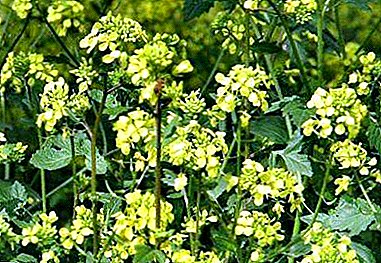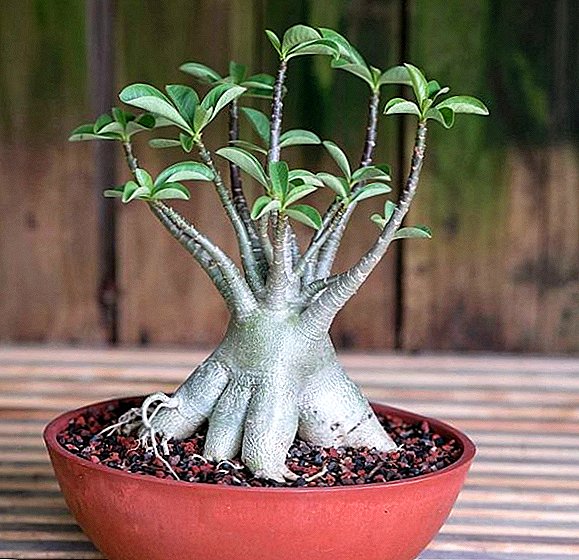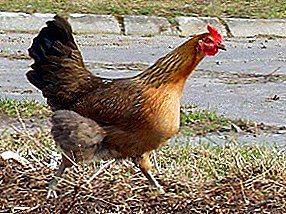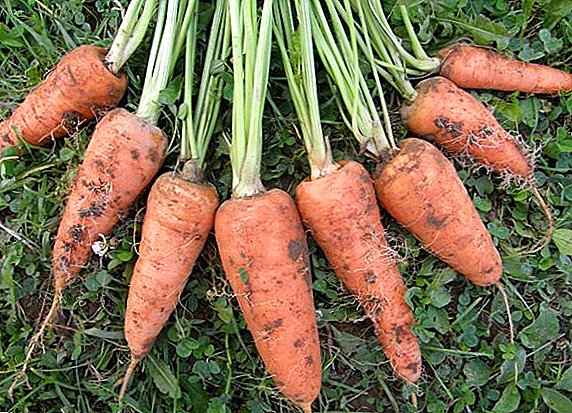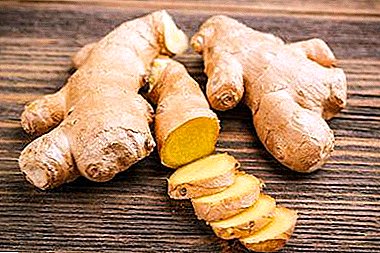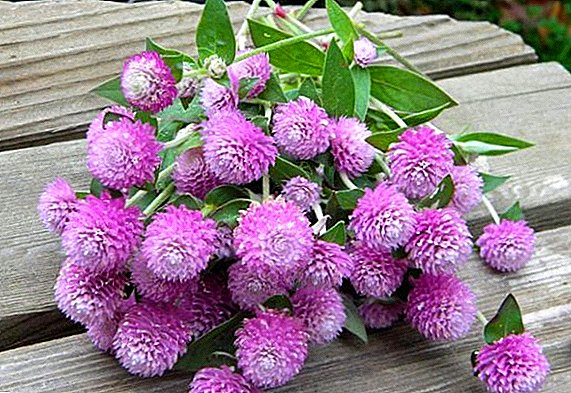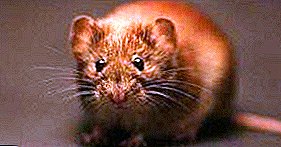
Cute vole mice with black beaded eyes look very cute and touching.
However, these cute animals able to cause considerable damage in subsidiary farms.
They eat and spoil food and grain, gnaw trees and bushes.
The appearance of the forest vole and its subspecies
Small rodent can reach 9-10 cm long, with more than half of the tail.
The body does not exceed 60 mm. The weight of this pest ranges from 20 to 45 g.
The whole body is covered short furpainted in different colors.
It is brown-red on the back and head, smoothly turning dark gray and steel on the sides. The color of the abdomen is light, silvery and whitish hairs are mixed here.
The ears and legs are smoky in color, as are the sparse hairs on the underside of the tail. The upper side is much darker. By winter, the fur on the body brightens, acquiring a more intense rusty color.
The head is round, the spout is elongated and mobile, the ears are small and round. The body is dense, oval.
The genus is very small, it includes only 12-14 species. The most common on the territory of the post-Soviet republics are 2 of them - red and red vole.
We can also meet red-gray, and in other places live Californian, Shikotan, Tien-Shan and Vopper vole.
ATTENTION! Voles are active carriers of dangerous diseases such as tick-borne encephalitis and hemorrhagic fever.
Red Vole
 It has a very extensive habitat, found in both Lapland and Turkey, the Pyrenees, Western and Eastern Europe.
It has a very extensive habitat, found in both Lapland and Turkey, the Pyrenees, Western and Eastern Europe.
Prefer to live in deciduous forests, especially oak and linden. It settles on the sunny edges and light forests.
Moves in winter closer to human housing, dwelling in straw stacks and haystacks, barns and granaries.
Vital activity retains the whole year, without falling into hibernation. In addition, it is awake not only during the day but also at night.
The red-backed vole arranges for itself nests from leaves, grass, straw, arranging them in natural voids. Entrance hides, masking it with wide leaves.
It begins to multiply in early spring, giving birth up to 4 generations for the warm period. In one brood is from 3 to 12 mice.
Over the summer, they manage to reach puberty and independently give birth to 1 to 3 broods.
ATTENTION! Such fertility greatly harms farmers, gardeners and flower growers.
Red Vole
Dwells in cool climatic areas - Siberia, the Far East, Canada, Norway.
Prefers birch groves with dense grassy undergrowth. In it, vole easily finds suitable food - plant seeds, fungi, insects, lichens, nuts, green leaves and stems.
They lead active life at night, during the day they are awake during the warm period. They often move to villages for wintering, settling in various buildings.
 It differs from the red vole in the darker and saturated color fur. It is painted in brick and reddish-brown shades, the transition to gray color on the abdomen is smooth and imperceptible.
It differs from the red vole in the darker and saturated color fur. It is painted in brick and reddish-brown shades, the transition to gray color on the abdomen is smooth and imperceptible.
The tail is densely pubescent with dark colored hairs.
Fecundity is somewhat lower than that of red voles, especially in rodents living in the highlands and in the northern part. During the summer there are from 2 to 4 broods in which from 2 to 12 mice.
IMPORTANT! It begins to multiply before the snow melts - in early spring. The process is suspended only in the deep autumn.
Red-gray vole
In many ways similar to their female relatives, differs only in the peculiar coloring fur.
The border between the reddish fur on the back and the gray on the abdomen is very clearly expressed, on the face is clear drawn orange triangle.
Shikotan vole
Has more limited habitat, meeting on Sakhalin, Hokkaido, Shikotan and Daikoku islands.
In coloring prevail brown and brown shades on the back and light gray on the abdomen and sides. From other types of voles different densely pubescent tail and large size.
A photo
In the photo you can learn more about the red vole:





What is harmful to man
The little body and the cute face of rodents should not be misleading - forest voles can do much harm to man.
In winter, they make their way to basements, cellars, granaries and eat up various products and stocks.
What is not eaten, the mice spoil and stain, making a significant amount of supplies inoperative.
In early spring, voles begin to eat the bulbs of flowers and other plants that wintered in the ground. In addition, they gnaw the bark young trees and shrubs, from which the latter are sick and wither.
ATTENTION! Voles bring the greatest damage in greenhouses and greenhouses. Here they easily destroy any crops, completely eating the plants.
Large-scale rodent “squads” often cause damage to shelter plants, gardens, groves and forests.
It is possible and necessary to fight with forest voles!
The tremendous fertility and resistance of these rodents to adverse conditions can lead to a real catastrophe in any private farm.


